Air conditioning/running the fan
mmd789
9 years ago
Related Stories

LIFE6 Ways to Cool Off Without Air Conditioning
These methods can reduce temperatures in the home and save on energy bills
Full Story
DECORATING GUIDES12 Ways to Cool Your Home Without Air Conditioning
If your summer energy bill is leaving you hot under the collar, consider these savvy alternate strategies for cooling down
Full Story
HEALTHY HOMEA Guide to Indoor Air Purifiers
Get the lowdown on air filtration systems for your house and the important ratings to look out for
Full Story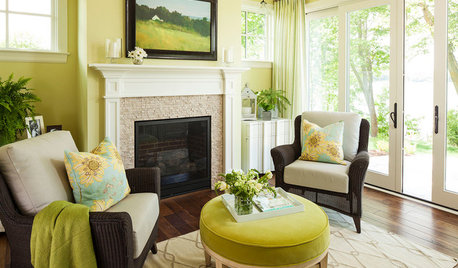
LIFEMay Checklist for a Smooth-Running Home
Sweep into wonderful weather by prepping your home for outdoor pleasures and giving accumulated muck the boot
Full Story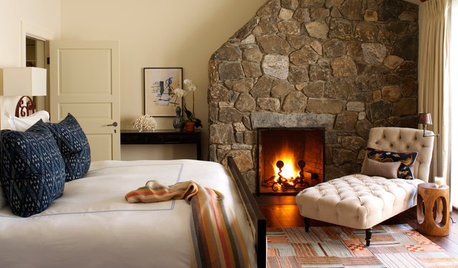
MONTHLY HOME CHECKLISTSSeptember Checklist for a Smooth-Running Home
Get ready to get cozy at home with snuggly blankets, well-stocked firewood, added insulation and more
Full Story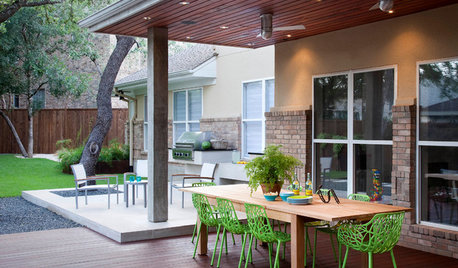
MONTHLY HOME CHECKLISTSYour April Checklist for a Smooth-Running Home
Shake off the winter blues and spring into action to get your home in the spirit of the new season
Full Story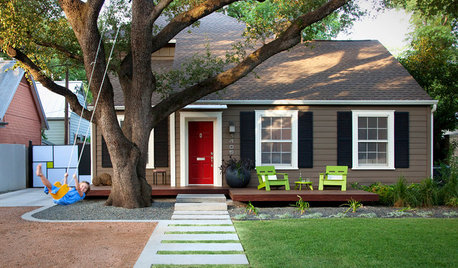
MONTHLY HOME CHECKLISTSJuly Checklist for a Smooth-Running Home
Pare back inside while you fire up outside for the Fourth. And why not donate some spare produce while you're at it?
Full Story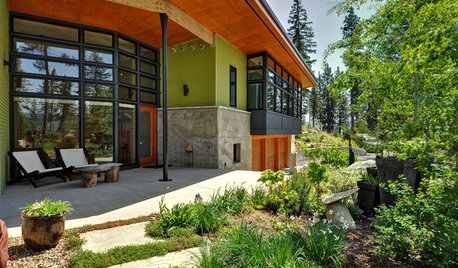
BUDGETING YOUR PROJECTConstruction Contracts: What Are General Conditions?
Here’s what you should know about these behind-the-scenes costs and why your contractor bills for them
Full Story
DECORATING GUIDES10 Ways to Hide That Air Conditioner
Feeling boxed in designing around your mini-split air conditioner? Try one of these clever disguises and distractions
Full Story
MOST POPULAR5 Ways to Hide That Big Air Conditioner in Your Yard
Don’t sweat that boxy A/C unit. Here’s how to place it out of sight and out of mind
Full StoryMore Discussions






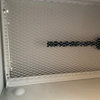
mike_home
ken_adrian Adrian MI cold Z5
Related Professionals
Brockton Solar Energy Systems · Green Valley Solar Energy Systems · Norwich Solar Energy Systems · Pinellas Park Solar Energy Systems · Franklin Solar Energy Systems · Birmingham Home Automation & Home Media · Evanston Home Automation & Home Media · Fort Collins Home Automation & Home Media · Fort Collins Home Automation & Home Media · Hialeah Gardens Home Automation & Home Media · Wheaton Home Automation & Home Media · Grand Haven Home Automation & Home Media · Sugar Hill Home Automation & Home Media · Arvada Fireplaces · Centennial Fireplacesklem1
SaltiDawg
neilw
mike_home
SaltiDawg
toolbelt68
neilw
SaltiDawg
toolbelt68
SaltiDawg
FabricGATOR
SaltiDawg
cindywhitall